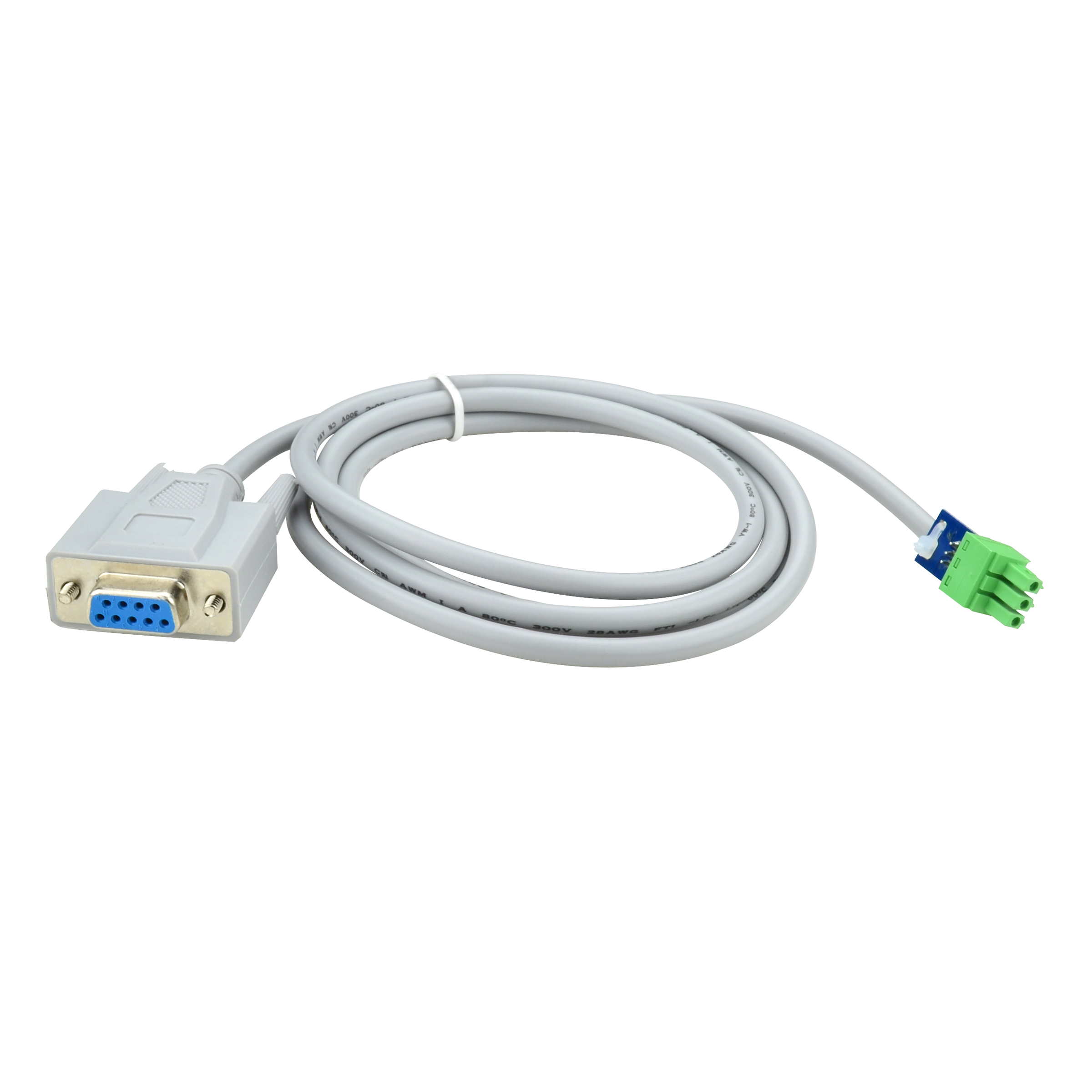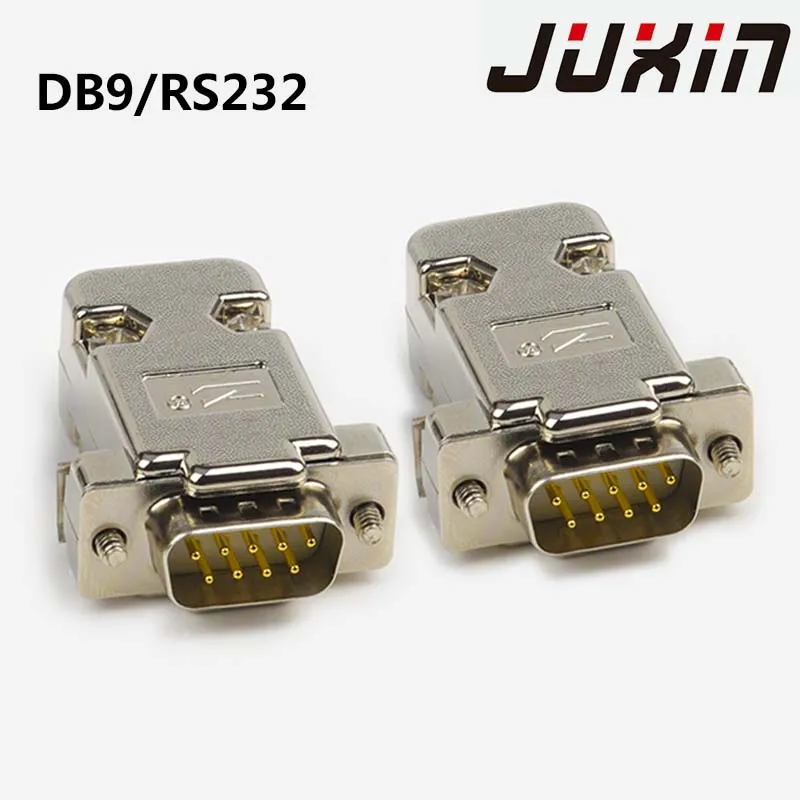
Voltages between ☓ V are invalid, providing a huge noise margin for the interface. Signal levels are commonly referred to as a mark for logic 1 and a space for logic 0. The standard defines a logic 1 and a voltage between –3 and –25 V and a logic 0 as a voltage level between +3 and + 25 V (Fig. The standard is essentially the same as the International Telecommunications Union – Telecommunications (ITU-T) specifications V.24 and V.28. The letter F designates the most recent standard modification and update. The official name of the standard is Electronic Industries Association/Telecommunications Industries Association EIA/TIA-232-F.

Today, it is still widely used in embedded computer development systems, scientific instruments, and all sorts of industrial control equipment.
Rs 232 connector serial#
The first personal computers included an RS-232 called a serial port for connection to a printer or other peripheral device. Over the years its use has included connections to video terminals, computers, and modems. It was originally established in 1962 as a method of connecting data terminal equipment (DTE) such as electromechanical teletypewriters to data communications equipment (DCE). One of the oldest serial interfaces is generically called RS-232. Any additional functions such as data handling is part of the media access control (MAC) layer or layer 2 of the OSI model. The definition of logic levels, medium, and connectors is part of the physical layer (PHY) or layer 1 of the Open Systems Interconnection (OSI) networking model. In some cases, they can perform serial-to-parallel and parallel-to-serial conversion or specify a basic data protocol. Serial interfaces can be used to provide standardized logic levels from transmitters to receivers, define the transmission medium and connectors, and specify timing and data rates.

But with high-speed data so common today, a serial interface is the only practical option for communications over any distance greater than several feet. Parallel buses are still used in some applications. The whole purpose of a serial interface is to provide a single path for data transmission wirelessly or over a cable. Both are still alive and well in many applications. These legacy interfaces aren’t obsolete or discontinued, though. Two of the oldest interfaces are RS-232 and RS-485. Then there’s Ethernet and USB and other higher-speed serial interfaces like FireWire, HDMI, and Thunderbolt. A few have become universal, such as I 2C, CAN, LIN, SPI, Flex, MOST, and I 2S. Most have been developed for specific applications. This article is part of the Communication Series: What’s the Difference: Serial Communications 101ĭozens of serial data interfaces are used today.


 0 kommentar(er)
0 kommentar(er)
